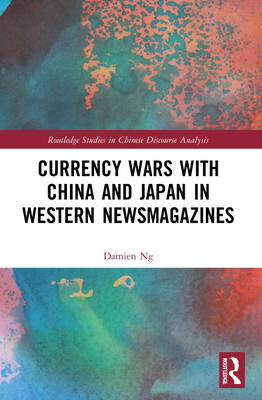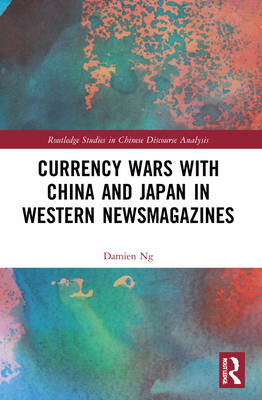
- Afhalen na 1 uur in een winkel met voorraad
- Gratis thuislevering in België vanaf € 30
- Ruim aanbod met 7 miljoen producten
- Afhalen na 1 uur in een winkel met voorraad
- Gratis thuislevering in België vanaf € 30
- Ruim aanbod met 7 miljoen producten
Currency Wars with China and Japan in Western Newsmagazines
Damien NgOmschrijving
This book explores China's currency wars with its trading partners in four Western newsmagazines: Time, The Economist, L'Express, and Der Spiegel. Based on both quantitative and qualitative approaches, the interdisciplinary approach adopted in the research draws on two analytical frameworks from the realm of critical discourse analysis - van Leeuwen's socio-semantic inventory of social-actor representation, and van Dijk's concepts of macro-rules - as the overarching approaches to understand the changing dynamics of international relations and the global economy through Western media. The sample in this study consists of 160 texts, half of which are focused on China and the other half on Japan, across a period of 12 months in 2010 (China) and in 1987 (Japan). Through the comparison of Western representation between China and Japan, the similarities and differences in their coverage have been revealed as even more striking with regards to global politics and the international economy. The findings obtained from the empirical research have revealed that China was not only reported more unfavourably than Japan in terms of depth, but also across a broader range of areas spanning economics, politics, and military affairs. It has also emerged that all the four Western newsmagazines tended to centre their coverage on the US and China in 2010, and the US and Japan in 1987, although they did not speak in one collective voice with regard to their coverage of China and Japan.
Specificaties
Betrokkenen
- Auteur(s):
- Uitgeverij:
Inhoud
- Aantal bladzijden:
- 342
- Taal:
- Engels
- Reeks:
Eigenschappen
- Productcode (EAN):
- 9781032080079
- Verschijningsdatum:
- 25/09/2023
- Uitvoering:
- Paperback
- Formaat:
- Trade paperback (VS)
- Afmetingen:
- 156 mm x 234 mm
- Gewicht:
- 508 g

Alleen bij Standaard Boekhandel
Beoordelingen
We publiceren alleen reviews die voldoen aan de voorwaarden voor reviews. Bekijk onze voorwaarden voor reviews.











